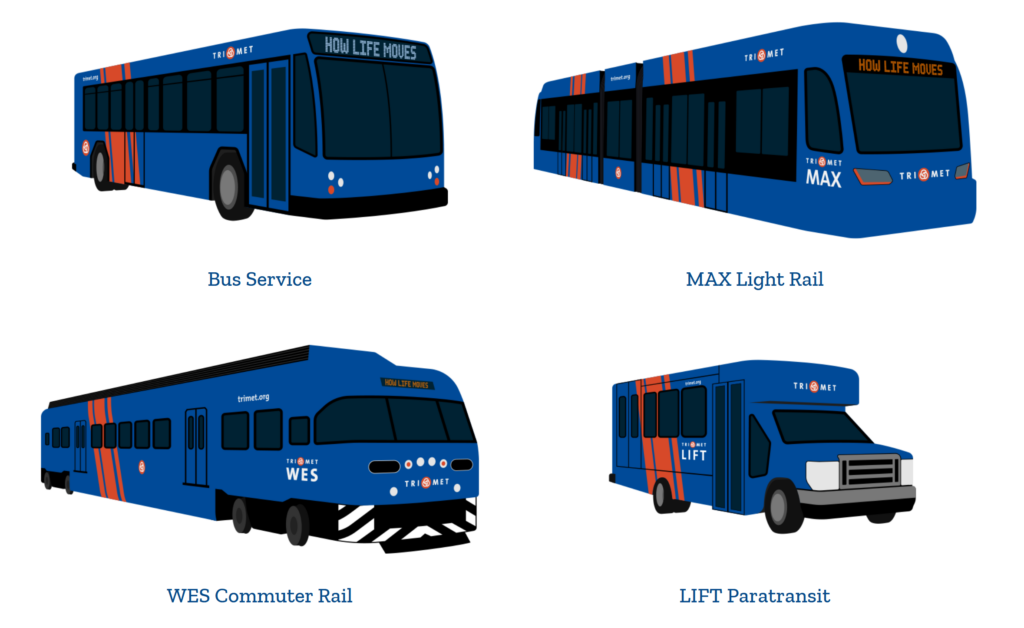
January seems to be the time to tackle all challenges-no alcohol, no meat, but how about no cars? This month, we challenged ourselves to go “car free” for all of our routine weekly trips as an experiment to see if we could do this full time.
The weather was cold, with some periodic rain so it was important to dress with layers and have rain gear handy. We took public transit to daycare, appointments, and the gym and biked to work and the grocery store. This also meant that we had to take backpacks and bike bags to manage extra stuff and think about the plan for each day.
Our Key Takeaways
- It took about 3 days to get used to a new car free routine. The first couple days felt mentally tiring, but walking, taking public transit, and biking eventually became the new standard and a habit.
- Our routine didn’t take significantly more time. We had preconceived notions that we would have to extend our day to make it work, but it only took an extra 20-30 minutes which wasn’t too bad overall.
- In some cases, we saved time. Instead of setting aside time for evening walks around the neighborhood, that activity was incorporated into a trip to public transit or a bike ride.
- Public transit makes space for taking a break. Whether it is waiting for the MAX or bus, or while in transit, you’ll get a moment or two to pause and relax. Otherwise, when driving or biking, we are constantly on the go.
- We doubled our daily active minutes. We spent much more time actively walking or biking (75-95 minutes) than we would if we had driven everywhere. Keeping this routine could have health benefits.
- It’s fun and beneficial for kids! They love looking around and have more interactions than they would in the car. It is also good for children to be comfortable with taking public transit as well as seeing different things outside of familiar places like home and school.
Strategies to Make it Easier
- Use the Electronic passes on public transit. You can use a HOP card or swipe your credit card (new!) at the public transit stops to save time and reduce habit building barriers.
- Bundle your stops close to public transit stops. Even if the necessities are not in your 20-minute neighborhood, you can potentially save time by making a couple stops that are very close to the same public transit line.
Was the Challenge a Success?
We were able to do our usual routine without a car except for picking up farm produce outside of town. It’s a privilege to have access to this fresh produce and felt even more so driving there since the roads are not safe for biking.
In transparency, our month challenge was cut short by some winter sickness. However, this challenge showed us that going car free is possible and not as challenging as it previously seemed.
Will we go Car Free Full Time?
Based on this challenge, we know it is possible but is just a matter of choice. We could easily incorporate it into our routine multiple days a week without noticing. However, we are still pretty dependent on cars so would need to put together a transition plan and stick to it.
Leave a Reply